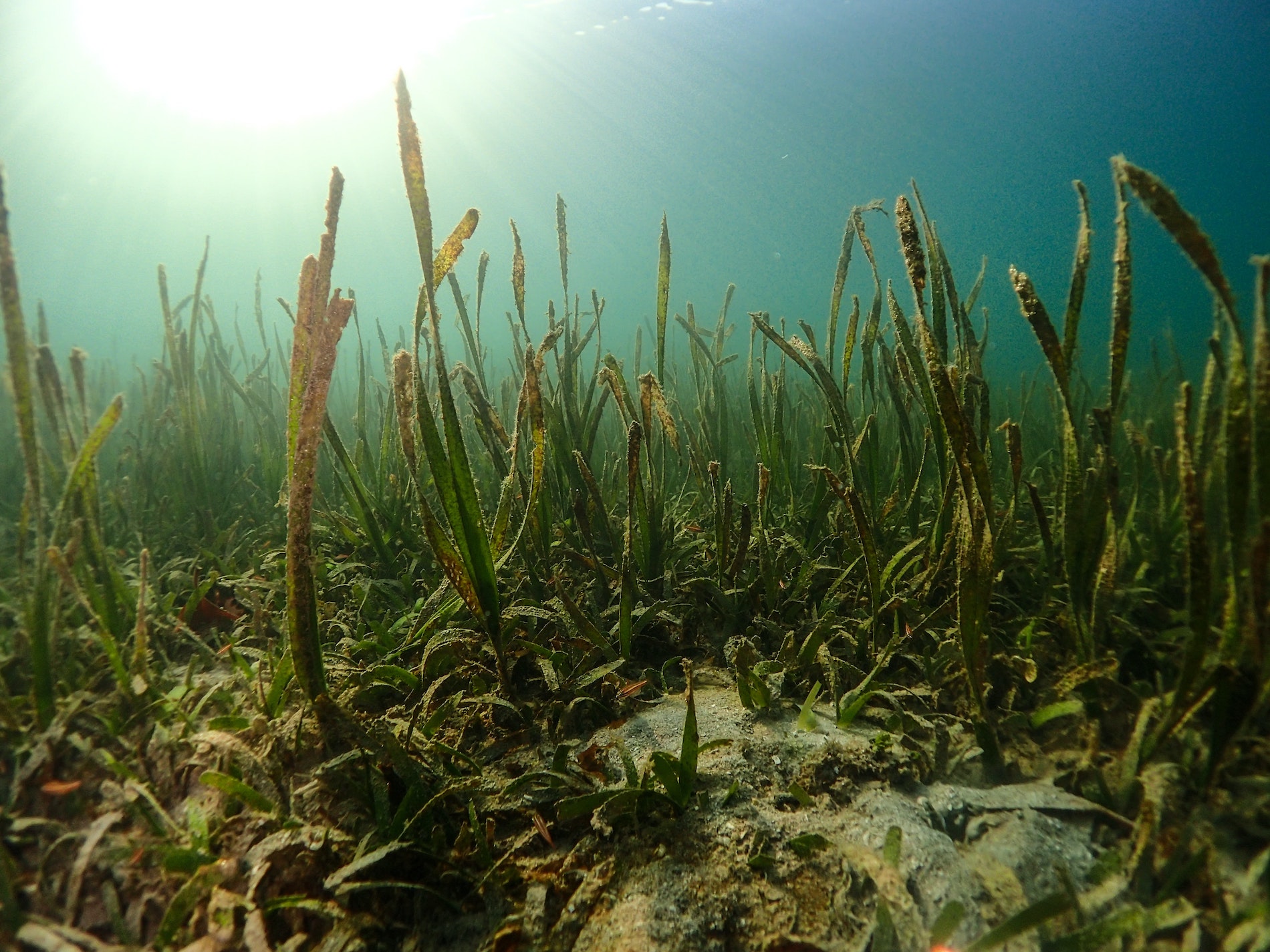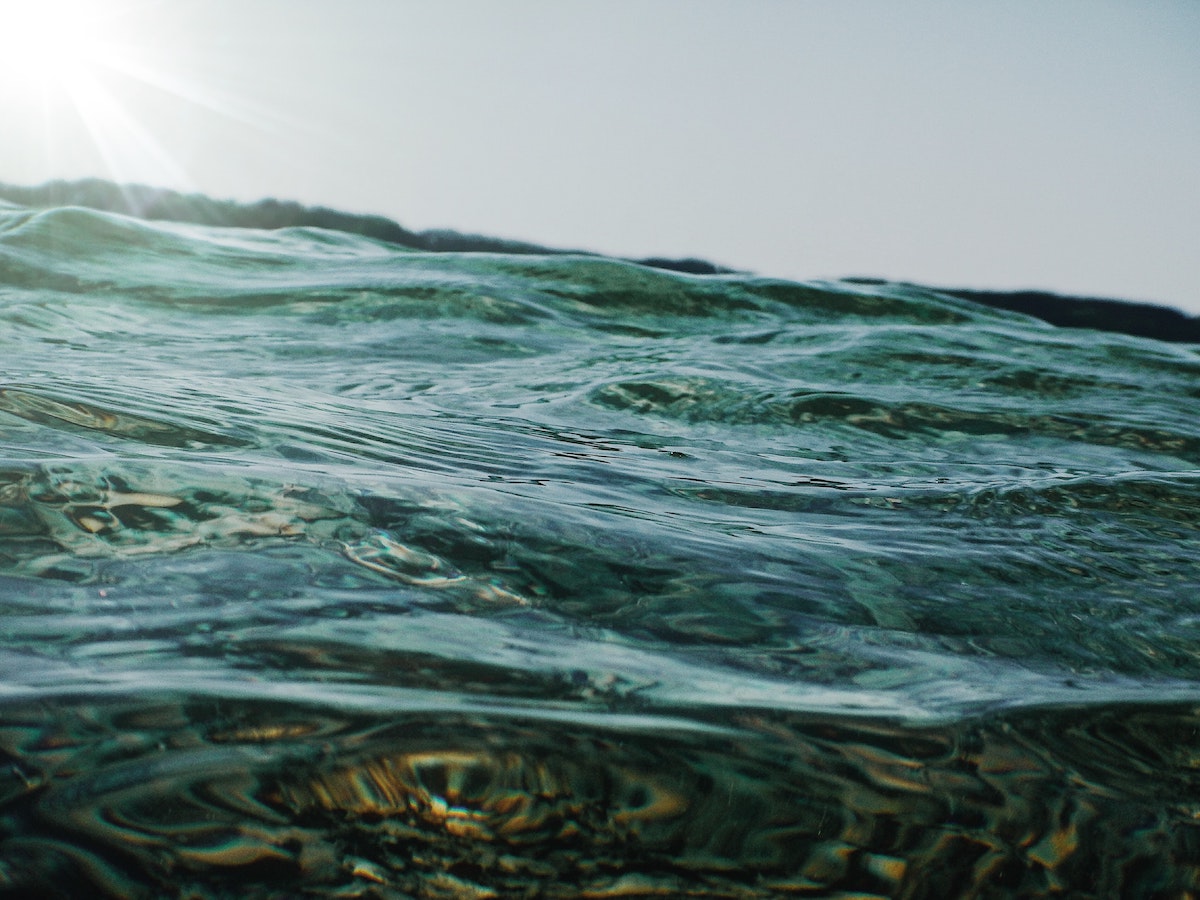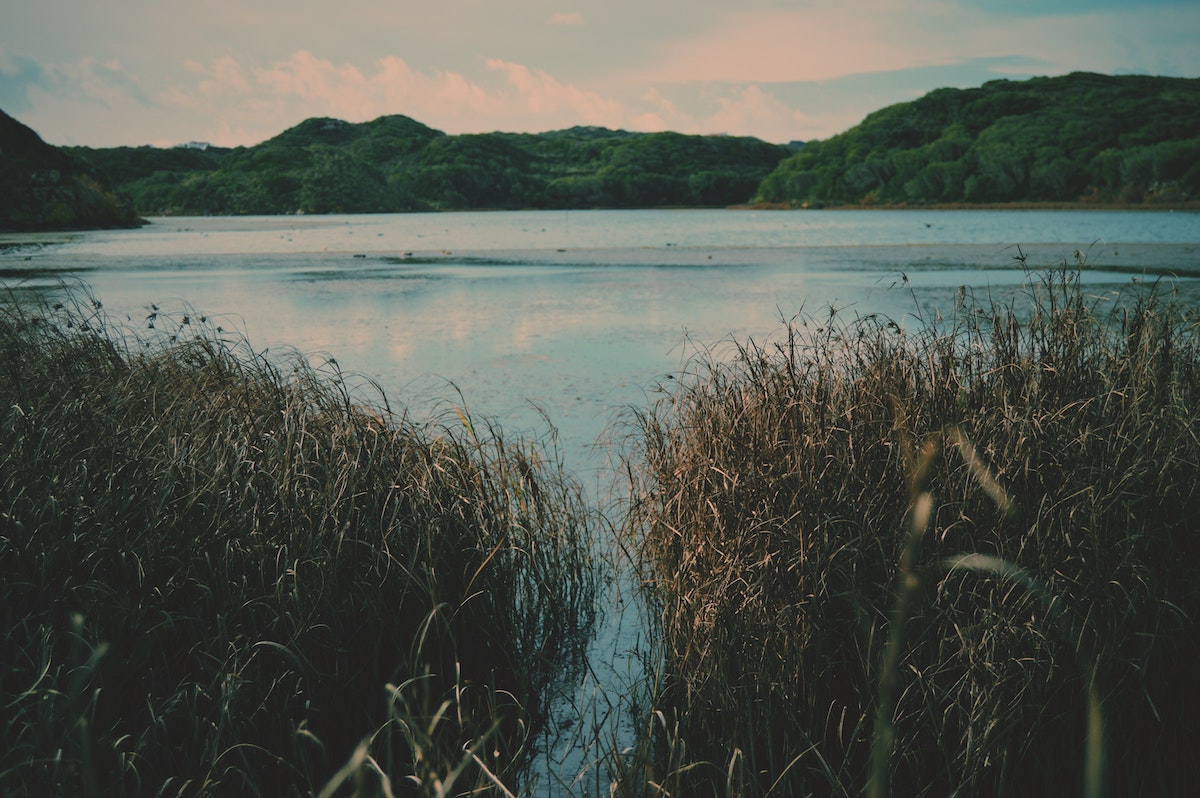
Blue Carbon | What Is It?
Did you know that terrestrial forests are not the only ecosystems that have the ability to fight climate change? There are three coastal ecosystems that capture and store carbon in the oceans, let’s learn about them!
Coastal ecosystems are some of the most important on Earth. They provide shelter and food for the animals, they defend the coastal communities; and maybe there is a fact that will surprise you: they also act as carbon sinks. Mangroves, Seagrass and Salt Marshes have the ability to capture and store carbon, which is essential in our fight against climate change. All the carbon that is stored in coastal ecosystems is called Blue Carbon.
The carbon that is stored in coastal soils can be extensive and remain trapped for very long periods of time (from centuries to millennia); it is believed that the carbon stored in this ecosystems can be up to five times the amount stored in tropical forests.

Mangroves, Seagrass and Salt Marshes “capture” carbon, acting as carbon sinks. Even though in comparison these coastal ecosystem are much smaller in size than the forests, they hold carbon much faster and continue to do so for a longer period of time. These coastal systems can be found in every continent except in Antartica. Combined, they cover approximately 49 Million Hectares. Let’s see the different kinds of coral systems that act as carbon sinks:
MANGROVES
A Mangrove is a group of trees that live in coastal intertidal zones. There are about 80 types of mangrove trees, and they can only be found in tropical and subtropical latitudes near the equator, since they cannot survive in colder temperatures. Currently, Mangroves are being lost at a rate of 2% per year.


SALT MARSHES
Salt marshes, or tidal marshes, are coastal wetlands that are flooded by salt water brought in by tides. They can be found worldwide, mainly in middle and high latitudes. Salt Marshes are essential for the ecosystem, since they provide food, refuge or nursery for the species that inhabit them. They cover around 140 million hectares of the Earth’s surface, and have lost around 50% of their historic global coverage.
SEAGRASSES
Seagrasses are aquatic flowering plants: they have roots, leaves, flowers and seeds. They are found in shallow, salty waters from the tropic to the Artic Circle. They are one of the most productive ecosystems in the world, since they provide shelter and food to many communities of animals. Some Seagrasses are so big, that they can even be seen from space. Despite their small size, Seagrasses store about 10% of the total carbon concentrated in the oceans yearly.


This magnificent ecosystems, as we have seen, play a major role in the global fight against climate change. But, as many other important players, they are being endangered by our activities. If we protect them, they will keep storing Blue Carbon. In the other hand, if we keep destroying them, they become sources of greenhouse gasses. One of the ways in which you can directly help, is by offsetting your carbon footprint. Check here to see how you can do it.
If now that you read about Coastal Systems, you are as worried as we are about them, you can check this page to see which organizations are working on Blue Carbon projects worldwide, to direct your attention specifically, and why not make a contribution.
+ Words:
Leila Salinas
Luxiders Magazine
Journalist | Berlin-based
Connect with her on LinkedIn or Instagram (@leisalinas)








